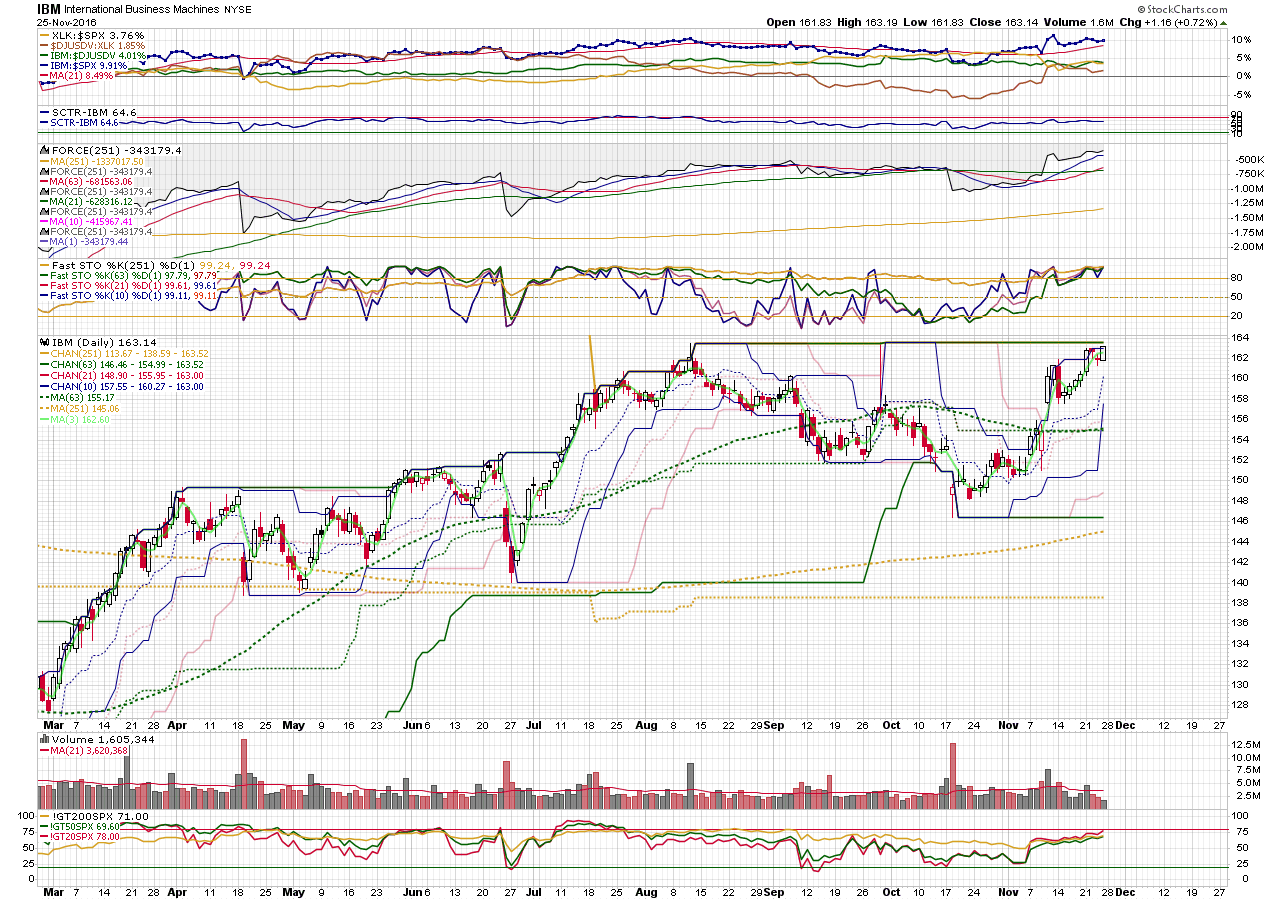New Members: Be sure to confirm your email address by clicking on the link that was sent to your email inbox. You will not be able to post messages until you click that link.
How Do You Distinguish Between The Beginning Of A "Roll Over" & a "Whip Saw"?
How do you distinguish between the beginning of a "Roll Over", when you would be getting ready to sell a stock, but avoid it being a "Whip Saw", where you would get tossed out of the stock that soon regains its' upward advance?
0
Comments
-
Do you have an example of each?0
-
-
Several ways to do it.
If you have Windows, I think the easiest is to right click on the chart so the menu pops up; select "Save Image As". Give it an easy to remember name like SC IBM example and save it. It will go to either your Picture file or your Download file. Then click on the "attach file" icon above this window (your "Leave a comment" window when you are replying - its the dark square icon); click Browse and go to your Picture or Download folder and click on the file you saved and click "open".
Or, under the chart click on "permalink" then click on "reload with link", then right click on the URL at the top of your browser window, then paste it into the window that pops up when you click on the "chain" icon next to the happy face in the menu above this window:
https://stockcharts.com/h-sc/ui?s=IBM&p=D&yr=0&mn=9&dy=0&id=p62392915657
0 -
I don't know if this is the best example, because there are probably confounding variables from Fundamental Analysis that we are not privy to.
I'm not sure why the chart is not full size when I tried the first method. When I tried the Permalink method, I did not see the "chain icon". So I copied and pasted the URL below, which gives the full-sized chart.
Please advise what I need to do to complete the proper "Permalink" method by finding the "chain icon".
https://stockcharts.com/h-sc/ui?s=AAPL&p=D&yr=1&mn=3&dy=0&id=p55888895605&a=4877327080 -
It seems just pasting in the URL works fine. The "chain" icon is between the happy face and the black square. When you run your cursor over it, the tool tip "Url" pops up.
So, on the chart, are you saying that if you were long at points 1 and 2 you would exit, and those would be good exits, but if you got out at point 3, that would be mistake (a whipsaw)?
0 -
Yes, if I had some confirmation that points 1 and 2 where good exits and not Whipsaws.0
-
Well, 1 and 2 are both lower highs, and the longer term MA has turned down, so, the odds favor lower lows. At 3, price has been making higher highs and the longer term MA has turned up again, so lower lows are less likely. Not impossible, but trends tend to continue until they don't.0
-
Would you have "bailed out" when #1 or #2 went down through the 50 day EMA?0
-
I think I wouldn't have been long because the MAs were turning down or heading down.
But, if I were trading very short term I would probably use some kind of method based on support and resistance levels, rather than moving averages. For instance, if the most recent leg is down, and you want to get in for the next leg up, the entry might be a close above the high of the lowest higher volume bar in the down leg. That shows buyers have some strength. Then, assuming the rally continues beyond that point, the exit would be an adjustable stop just below the low of each higher volume bar in the leg up. Depending on the stock's behavior, sometimes you will get in late and get stopped out early, but it should work more often than not. (Note: this is based on casual observation, not thorough research).
Overall, though, it should be better to trade in the direction of the trend and not against it. Most of the time, legs are longer in the direction of the trend and shorter against the trend, so if you trade against the trend your risk is higher and the reward is less.0
Categories
- All Categories
- 2.4K StockCharts
- 397 SharpCharts
- 146 Other Charting Tools
- 69 Saved Charts and ChartLists
- 1.5K Scanning
- 74 Data Issues
- 177 Other StockCharts Questions
- 218 Technical Analysis
- 155 Using Technical Analysis
- 2 InterMarket and International
- 19 Market and Breadth Indicators
- 42 Market Analysis
- 109 Trading
- 109 Trading Strategies
- 162 S.C.A.N the StockCharts Answer Network forum
- 64 Using this StockCharts Answer Network forum
- 98 s.c.a.n. archives
- 5 Off-Topic
- 6 The Cogitation & Rumination Emporium
- Forum Test Area

